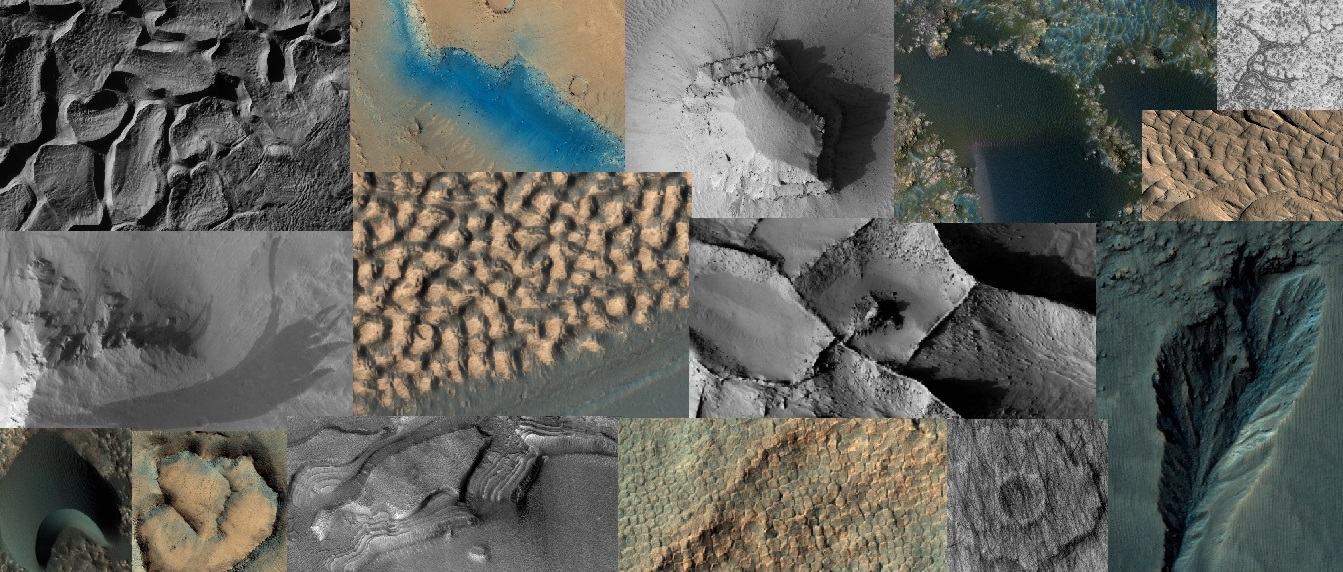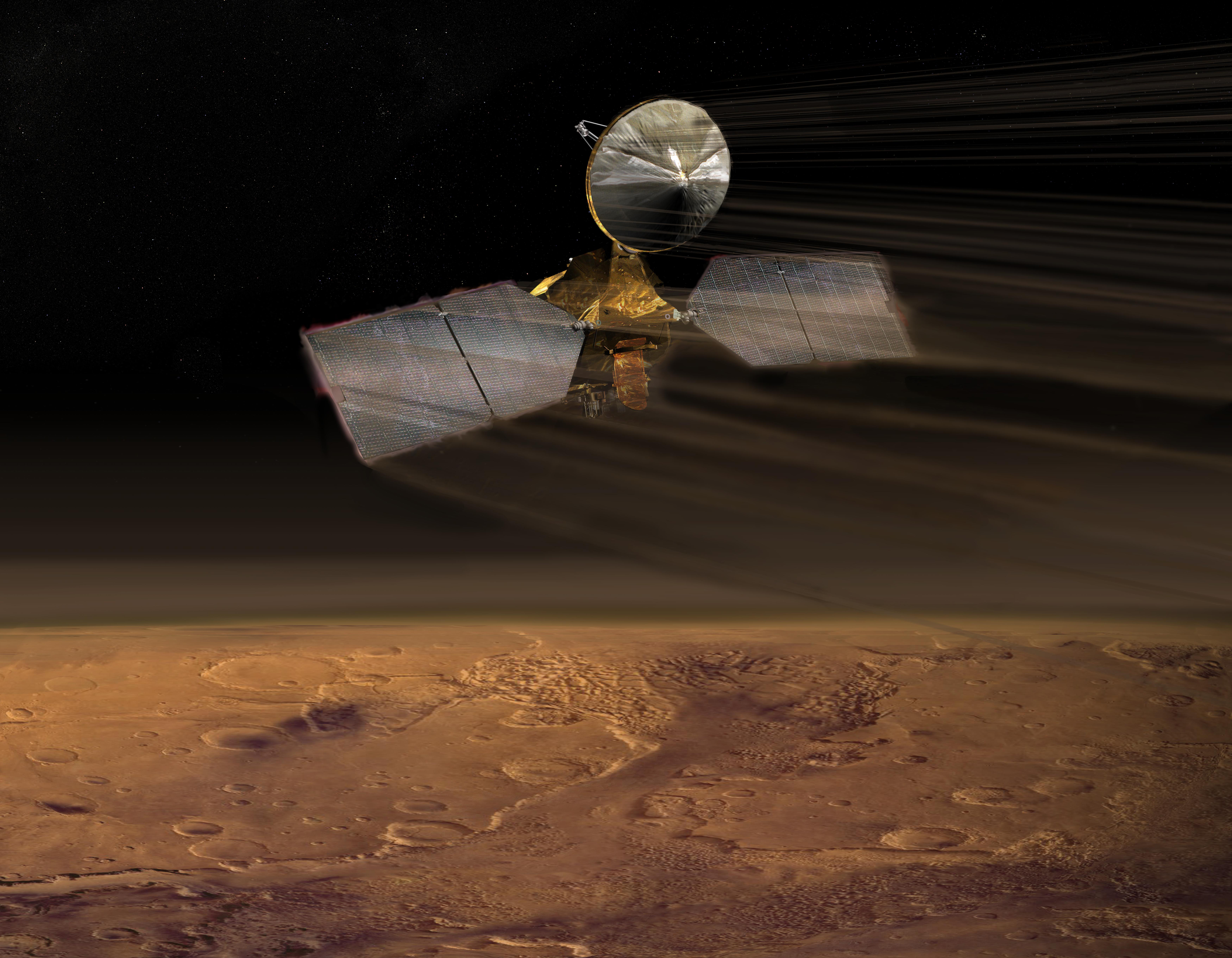Mars Reconnaissance Orbiter
From Spacefaring
The Mars Reconnaissance Orbiter (MRO) is a spacecraft designed to search for the existence of water on Mars and provide support for missions to Mars, as part of NASA's Mars Exploration Program. It was launched from Cape Canaveral on August 12, 2005, at 11:43 UTC and reached Mars on March 10, 2006, at 21:24 UTC. In November 2006, after six months of aerobraking, it entered its final science orbit and began its primary science phase.
2005-08-12T00:00:00Z
2005-08-12T00:00:00Z
rocket launch
{"selectable":false,"showCurrentTime":false,"width":"100%","zoomMin":100000000000}
| Type | Subtype | Date | Description | Notes | Source |
|---|---|---|---|---|---|
| commons | image | Collage of HiRISE images | Commons | ||
| commons | image | Mars Reconnaissance Orbiter - Mission Patch | Commons | ||
| commons | image | Mars - Scarps Of Jezero Crater - Viewed From Space - October 7, 2021 | Commons | ||
| commons | image | MRO Aerobrake | Commons | ||
| commons | image | MRO using SHARAD | Commons | ||
| commons | image | Image of Mars' moon Deimos by Mars Reconnaissance Orbiter | Commons | ||
| commons | image | Mars Reconnaissance Orbiter - infographic - May 2019 | Commons | ||
| commons | image | Mars satellite image | Commons | ||
| commons | image | The Zhurong rover and Tianwen-1 lander as seen by mro. | Commons | ||
| commons | image | Mars Reconnaissance Orbiter view Earth and The Moon - April 22, 2022 | Commons | ||










